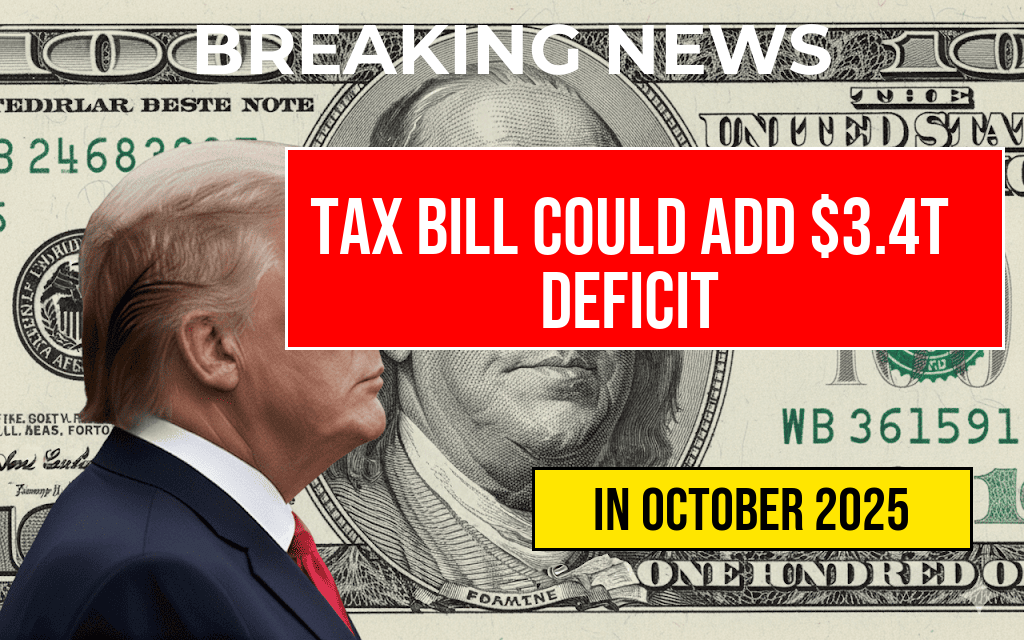The Supplemental Nutrition Assistance Program (SNAP), formerly known as food stamps, is set to undergo significant changes as federal authorities plan to end the current emergency benefits at the close of October. The overhaul, announced earlier this year, aims to shift from expanded support measures introduced during the COVID-19 pandemic to a more traditional framework. This transition is expected to impact millions of recipients nationwide, with some facing reduced benefits and others needing to adapt to new eligibility requirements. The decision has sparked widespread concern among advocacy groups and policymakers, as many vulnerable households rely heavily on SNAP to meet basic nutritional needs. As the clock winds down on the current benefits, stakeholders are closely monitoring how the phased rollbacks will unfold across different states and communities.
Background on SNAP and Pandemic-Era Enhancements
Established in 1964, SNAP remains the largest federal assistance program aimed at alleviating food insecurity among low-income Americans. During the COVID-19 pandemic, the federal government temporarily expanded benefits through emergency measures, increasing monthly allotments and broadening eligibility criteria to address economic hardship. These enhancements provided a critical safety net for millions facing unemployment, reduced income, or health crises. However, as the economy stabilizes and pandemic-related restrictions ease, policymakers have agreed that these temporary boosts should be phased out, leading to the upcoming changes scheduled for October 2023.
Key Changes Coming to SNAP Benefits
The upcoming overhaul involves several critical modifications:
- End of Emergency Supplements: The additional benefits provided during the pandemic, which increased monthly SNAP allotments by an average of $95 per household nationally, will cease at the end of October.
- Reinstatement of Pre-Pandemic Eligibility: States will revert to standard eligibility criteria, potentially reducing the number of households qualifying for assistance.
- Changes in Benefit Calculations: The standard benefit calculation will resume, which may lead to lower monthly benefits for some recipients, especially those who benefited from the temporary increases.
- Work and Eligibility Requirements: Some states are expected to reintroduce or tighten work requirements for able-bodied adults without dependents, potentially disqualifying those who do not meet these criteria.
State-Level Variations and Implementation Challenges
While the federal government sets the broad framework, individual states retain significant authority over SNAP administration, leading to variations in how the changes are implemented. Some states have already begun notifying recipients about upcoming adjustments, while others have delayed communication. This patchwork approach complicates efforts to prepare affected households for the transition.
| State | Number of SNAP Recipients | Estimated Benefit Reduction (% of total benefits) |
|---|---|---|
| California | 4.2 million | 10% |
| Texas | 2.9 million | 8% |
| Florida | 3.1 million | 9% |
| New York | 2.4 million | 7% |
Community and Policy Responses
Advocacy organizations warn that the benefits reductions could exacerbate food insecurity, especially among vulnerable populations such as children, seniors, and low-income workers. Some groups are urging policymakers to consider targeted extensions or support programs to mitigate the impact. Conversely, critics argue that the current expansions have strained federal and state budgets and that moving back to pre-pandemic rules is necessary for fiscal responsibility.
Several states are exploring supplementary measures, including local food assistance programs, to cushion the blow for affected families. Meanwhile, federal officials emphasize that the changes are part of a broader effort to return to normalcy and ensure the sustainability of the program in the long term. They also highlight that states have discretion to implement additional support measures if they choose.
Looking Ahead: Challenges and Opportunities
The October deadline marks a pivotal point for the nation’s social safety net. As millions of households face potential reductions in aid, service providers and community organizations are mobilizing resources to assist with enrollment, budgeting, and navigating new requirements. The transition also underscores a broader debate around the balance of support and fiscal responsibility in federal assistance programs.
For more on the history and structure of SNAP, visit Wikipedia’s page on SNAP. To understand the broader policy implications, Forbes offers insights into federal budget considerations at Forbes’ analysis.
Frequently Asked Questions
When will SNAP benefits end according to the article?
The article states that SNAP benefits will end with the October overhaul, marking the conclusion of current support programs starting at the end of October.
What is the reason behind the ending of SNAP benefits?
The end of SNAP benefits is due to a scheduled overhaul aimed at restructuring the program, which includes policy changes and budget adjustments.
How might this change impact eligible recipients?
Recipients may experience a reduction or loss of benefits, which could affect their ability to purchase essential food items during and after the transition period.
Are there any alternatives or support programs available for affected individuals?
The article suggests that local assistance programs and resources may be available to help those impacted by the SNAP benefits ending, encouraging affected individuals to seek guidance from community organizations.
What steps can recipients take to prepare for the change?
Recipients are advised to plan their budgets carefully, explore additional assistance options, and stay informed through official channels regarding program updates and support services.







